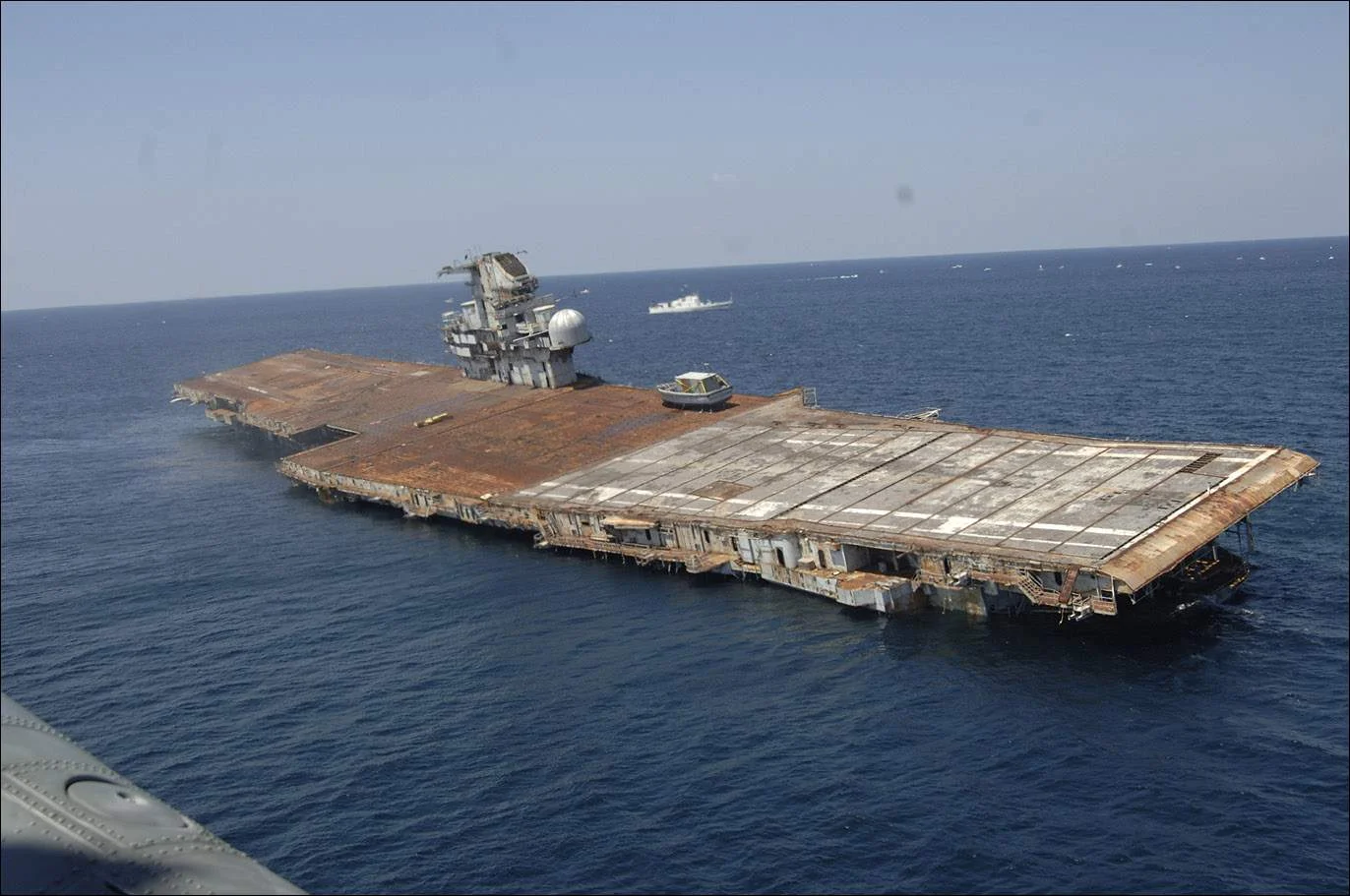
Just off the Delaware coast, the Redbird Reef enthralls with its innovative use of decommissioned New York City subway cars. This sprawling 1.3-square-mile reef also features retired tanks, tugboats, and 3,000 tons of ballasted truck tires. Amidst the Mid-Atlantic’s featureless seabed, the Redbird Reef has sparked life anew. Invertebrate species like blue mussels and oysters thrive, fostering a marine haven that has produced 400 times more fish food compared to the barren ocean floor.

In Jordan’s Aqaba Marine Park, beneath the shimmering waters, lies The Tank – a testament to purposeful transformation. A single American M42 Duster tank, carefully positioned, now supports vibrant coral and sea sponge habitats. This intentional reef has become a bustling marine ecosystem where lionfish, sea stars, and shrimp flourish. Not only a habitat, The Tank also beckons snorkelers and divers to explore its crystal-clear depths.

The USS Oriskany, once an aircraft carrier dominating the seas, now rests as the largest-ever artificial reef. With its sinking off the coast of Pensacola, Florida, it underwent rigorous environmental scrutiny to ensure its marine-friendliness. Now dubbed the “Great Carrier Reef,” it’s a canvas for marine life, adorned with coral, mussels, and algae. This remarkable rebirth is a testament to the harmony between human innovation and nature’s reclamation.

Off the shores of Key Biscayne, Florida, a mythical city emerges underwater – the Neptune Memorial Reef. This expansive 16-acre marvel, designed to replicate Atlantis, invites corals and algae to intertwine with its cement and metal structures. Beyond its ecological significance, the reef also serves as a poignant memorial site. Cremated remains become a permanent part of the reef, allowing loved ones to find solace in the embrace of the ocean.

Oman’s Suwaiq Marine Farm Artificial Reef Complex, the Gulf’s largest industrial marine farm, has reached completion, covering 20km by 7km of seabed. Led by Oman’s Ministry of Agriculture, Fisheries and Water Resources (MAFWR) since 2018, the project includes 4,280 purpose-built artificial reefs. It received international recognition from ASCO for its environmental program. Spearheaded by Haejoo Engineering & Constructions, this initiative addresses declining fish stocks due to coastal development and climate change. It creates vital habitats and breeding grounds for marine life, aligning with Oman Vision 2040 for economic diversification and eco-tourism. The effort also contributes to food security and marine conservation, reflecting Oman’s commitment to sustainable coastal practices.




